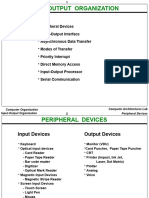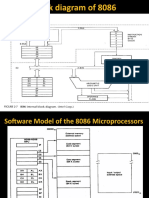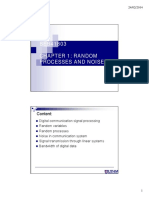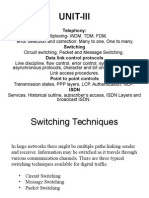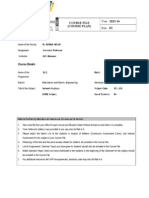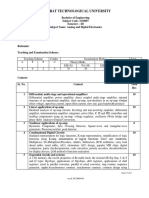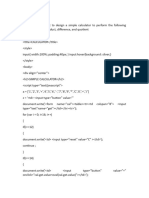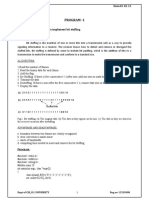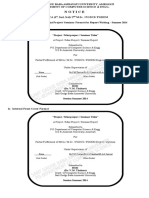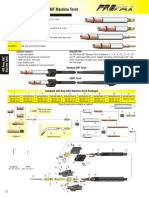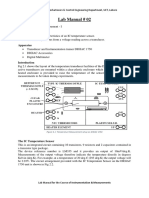100% found this document useful (1 vote)
553 views15 pagesMIC Unit 3 Paper Solution
Microcontroller Unit 3 SPPU Question Paper Solution
Uploaded by
ujwala darekarCopyright
© © All Rights Reserved
We take content rights seriously. If you suspect this is your content, claim it here.
Available Formats
Download as DOCX, PDF, TXT or read online on Scribd
100% found this document useful (1 vote)
553 views15 pagesMIC Unit 3 Paper Solution
Microcontroller Unit 3 SPPU Question Paper Solution
Uploaded by
ujwala darekarCopyright
© © All Rights Reserved
We take content rights seriously. If you suspect this is your content, claim it here.
Available Formats
Download as DOCX, PDF, TXT or read online on Scribd
/ 15


